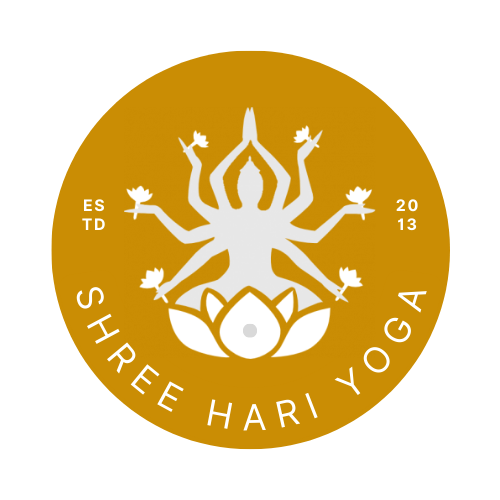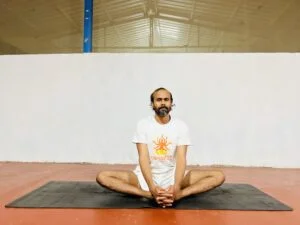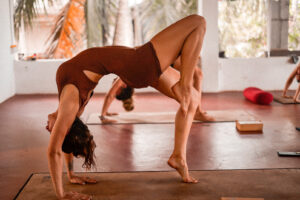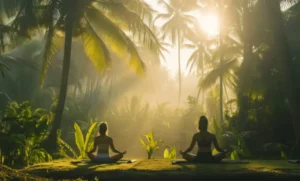Table of Contents
ToggleSupta Baddha Konasana (Reclining Bound Angle Pose)
Sanskrit Breakdown:
- Supta = Reclined
- Baddha = Bound
- Kona = Angle
- Asana = Pose
A calming restorative yoga posture that promotes deep relaxation and internal awareness. Often used at the end of a yoga practice to relax the nervous system, it enhances both physical and mental well-being.
Key Benefits
- Stretches: Inner thighs (adductors), groin, and knees
- Tones: Lower abdominal muscles, hips
- Improves Flexibility: In hips, ankles, knees
- Eases PMS & Menstrual Discomfort: Calms symptoms when practiced before menstruation
- Supports Pregnancy: Helps relax body and mind with bolstered support
- Promotes Better Sleep: Especially helpful for insomnia
- Enhances Circulation: In pelvic, reproductive & abdominal regions
- Soothes the Nervous System: Helps release internal organ tension
- Heart-opening Effect: When the chest is supported properly
- Alleviates Conditions:
- Hernia risk
- Sciatica
- Varicose veins
- Indigestion & flatulence
- Menstrual cramps, leukorrhea
- Hemorrhoids
- Prolapsed uterus
- Lower back pain
- Post-miscarriage emotional healing
How to Practice
- Lie flat on your back with arms at your sides, palms facing up.
- Bend your knees and bring the soles of your feet together, letting your knees fall open.
- Adjust the stretch:
- Tight hips? Move feet away from pelvis.
- Open hips? Move feet closer to pelvis.
- Let gravity gently pull the knees downward.
- Relax the shoulders and let the back body melt into the mat.
- Stay for 1–5 minutes, breathing deeply.
- To exit:
- Place hands on outer thighs, draw knees together.
- Gently rock side to side to release lower back tension.
Contraindications
Avoid or modify the pose if:
- You have knee, hip, or neck injuries
- You suffer from severe sciatica (may aggravate symptoms)
- You experience lower back pain — use bolsters under hips/knees for support
